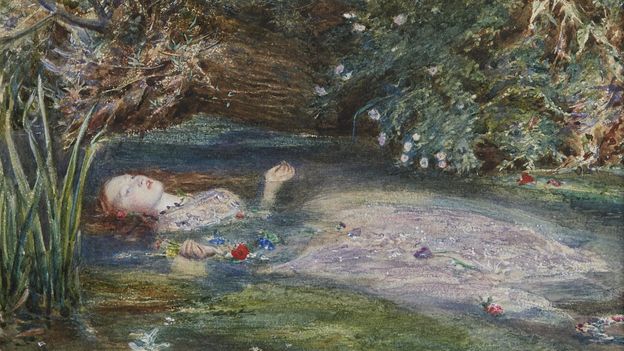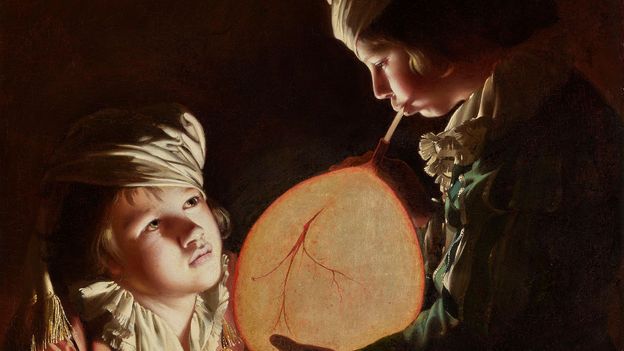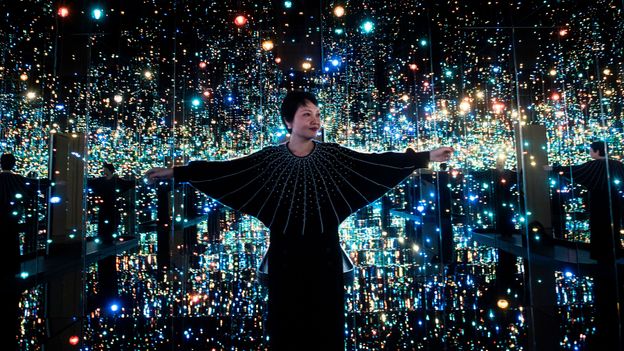Howell afterwards told Rossetti that, when the coffin was opened, his wife’s body was beautifully preserved. She was not a skeleton, he mendaciously claimed, but as beautiful as she had been in life, and her hair had grown to fill the coffin with a brilliant copper glow which shone in the firelight. Indebted to Howell’s gloriously conceived fiction is the myth of the prevailing beauty of the original supermodel, even in death – and it is a myth that ensures that, to this day, many people from around the world strangely believe that Lizzie remains undead.
A less fanciful tribute to Lizzie Siddal was written several decades later, by a former fellow student at the Sheffield School of Art. She wrote to a local paper, identifying herself only as ‘AS’: “It was a slight acquaintance I had with her, but it made a lasting impression on my memory.”
Lizzie Siddal died at the age of 32, but her extraordinary legacy continues. Her husband’s reclaimed poetry was published, to great acclaim – although the story of his poems’ provenance was kept a carefully guarded secret.
Lucinda Hawksley is the author of Lizzie Siddal, The Tragedy of a Pre-Raphaelite Supermodel, published by Andre Deutsch. Find out more via @lucindahawksley
Pre-Raphaelite Sisters is at the National Portrait Gallery in London until 26 January.
If you would like to comment on this story or anything else you have seen on BBC Culture, head over to our Facebook page or message us on Twitter.
And if you liked this story, sign up for the weekly bbc.com features newsletter, called The Essential List. A handpicked selection of stories from BBC Future, Culture, Worklife and Travel, delivered to your inbox every Friday.









